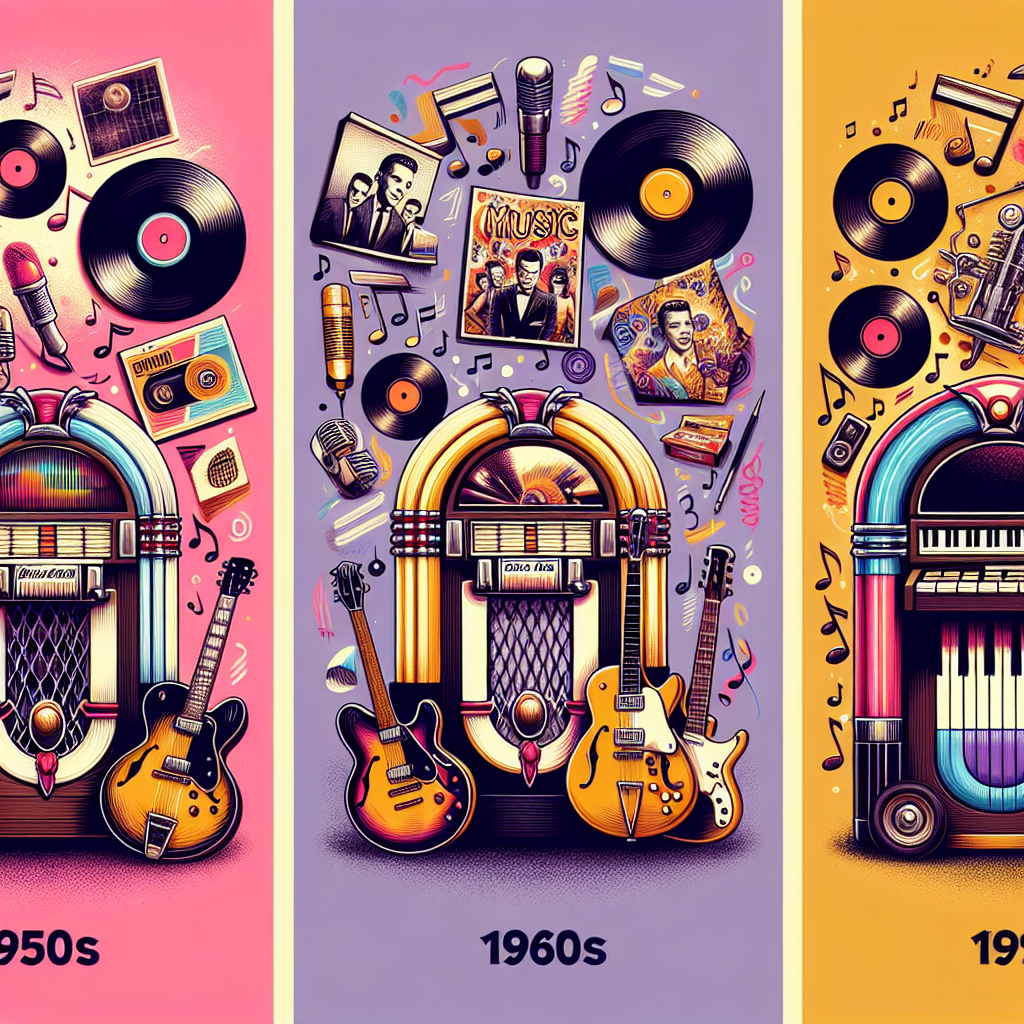The 1960s and 70s were a time of immense change and upheaval in American society. The counterculture movement emerged as a response to the conservative values that dominated the previous decade, and music played a central role in defining this new cultural landscape. From protest songs to psychedelic rock, the soundtrack of this generation reflected the social and political issues of the time.
One of the most iconic aspects of the counterculture movement was its rejection of mainstream norms and values. This rejection extended to all areas of life, including fashion, politics, and technology. Musicians like Bob Dylan, Joan Baez, and Jimi Hendrix became symbols of this rebellion, using their music to challenge authority and inspire change.
Politicians at the time were often at odds with the counterculture movement, viewing it as a threat to traditional American values. However, music served as a unifying force for those who felt marginalized or oppressed by society. Songs like “Blowin’ in the Wind” by Bob Dylan and “Fortunate Son” by Creedence Clearwater Revival gave voice to those who felt disenfranchised by the government’s policies.
In addition to its political significance, music also played a key role in shaping fashion trends during this era. The hippie aesthetic – characterized by long hair, tie-dye clothing, and bell-bottom pants – became synonymous with the counterculture movement. Musicians like Janis Joplin and Jim Morrison embodied this style, inspiring a generation to embrace individuality and self-expression through their clothing choices.
Technology also played a crucial role in shaping the sound of this generation. The rise of electric guitars and amplifiers allowed musicians to experiment with new sounds and genres, leading to the development of psychedelic rock and other innovative musical styles. Artists like The Beatles and Pink Floyd pushed boundaries with their use of studio effects and unconventional song structures, paving the way for future generations of musicians to explore new sonic possibilities.
Overall, the soundtrack of the counterculture movement in the 1960s and 70s was a powerful force for social change. Music provided a platform for artists to express their views on important issues like civil rights, war, and environmental conservation. It united people from diverse backgrounds under a common cause – challenging societal norms and advocating for greater equality and justice.
In conclusion, music defined an entire generation during one of the most tumultuous periods in American history. The songs that emerged from this era continue to resonate with audiences today, reminding us of the power that music has to shape culture and inspire positive change. As we look back on this transformative period in our history, let us remember the impact that music had on shaping our collective consciousness – driving us towards a more inclusive and progressive society.


Get involved!
Comments